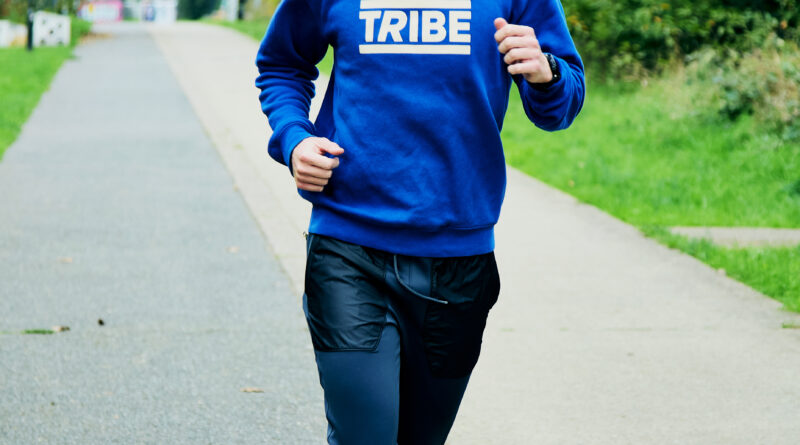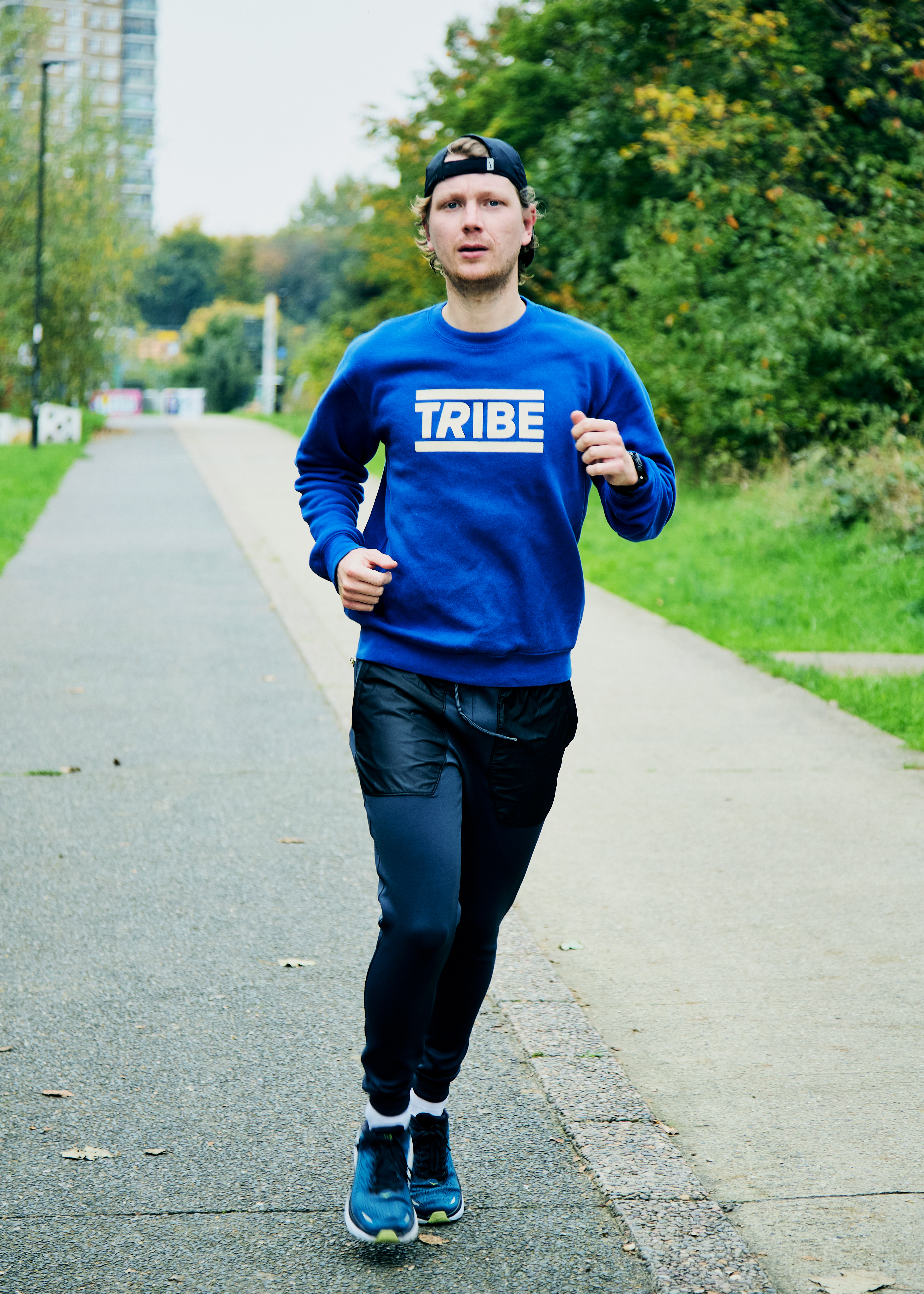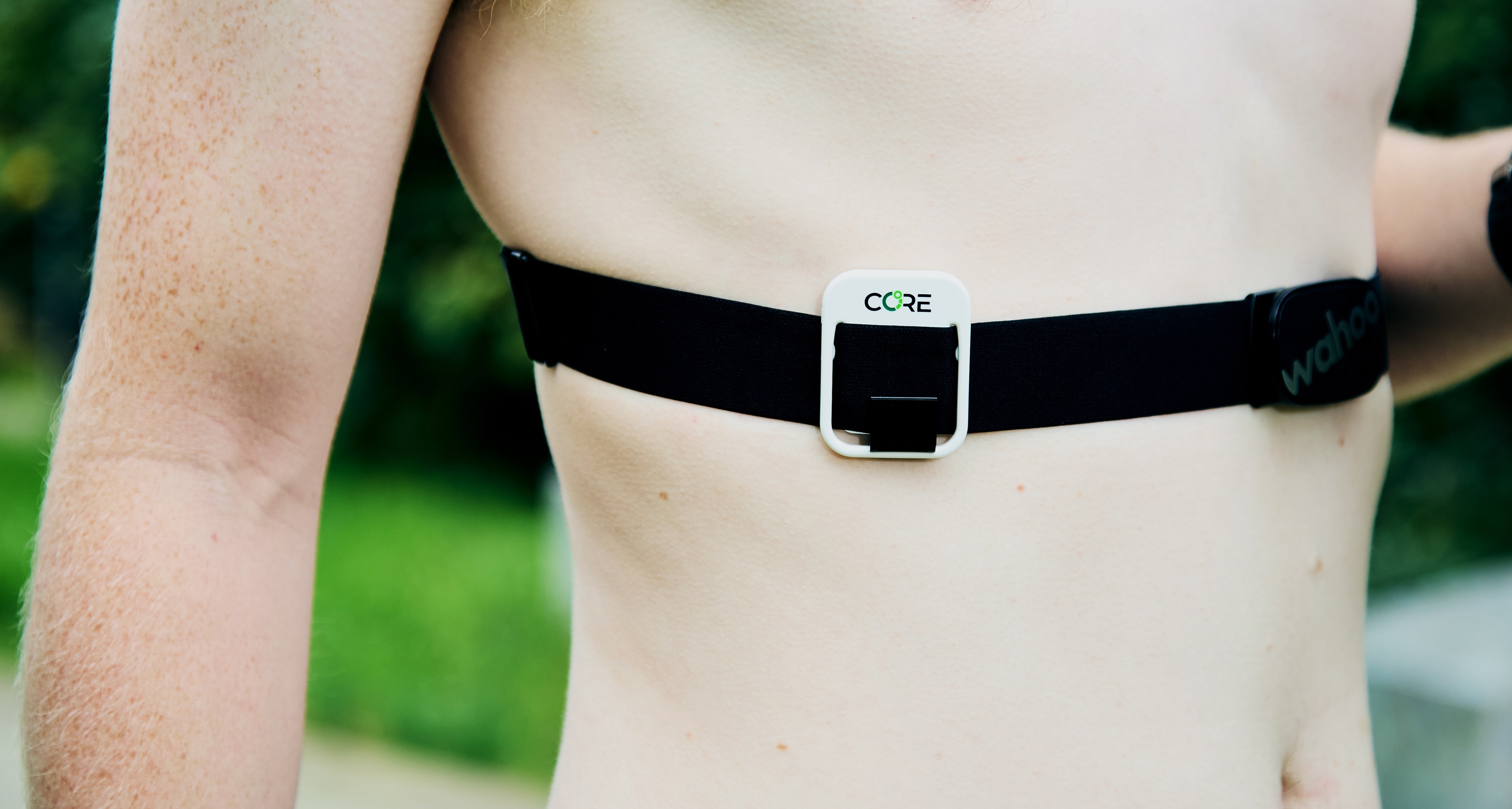Is heat training the next big thing in fitness?
At first is not so bad. I ride my indoor bike at my normal pace at home and feel warm but nothing out of the ordinary. Ten minutes later, though, I’m almost as uncomfortable as I would be during a workshop.
I notice it first with my heart rate measured by my chest strap: 180bpm. One hundred and eighty? Usually I would be under 140. And then my hands – covered in sweat. Sweat drips down my face and nose and onto the towel that covers my groin. I take my bottle and drink water. It’s only 12 minutes and this is disgusting. I want to take off my jersey, take it off, but I don’t want to. I turned into a sweat.
Must be it is not unusual to sweat profusely when you are a turbo trainer. Normally I would do this in bike shorts and usually with no top and the windows open. But this time I was sweating on purpose. I had closed the windows, put on my outdoor winter training kit (tights, long sleeved shirt, thermal underlayer) and was looking at the temperature – I wanted to climb my core temperature from 37C to 38.5 / 39C. and now I wanted to keep it there, to stay with the discomfort, the sweat, the smell, the pain.
And that’s exactly what I did. To monitor my temperature I use the CORE sensor. It’s a small wearable device that you can attach to your heart rate monitor or with the adhesive pads that come with the device. After the first ten minutes, my temperature was around 38C and rising slowly. In about 20 minutes, I was close to 39C and that’s where I held it for another 10 minutes before I couldn’t take it anymore. My clothes were packed.
“The air temperature outside is 15C, it’s good for running, but I’m wearing my winter clothes”
CHRIS MCANDREW TIME
Before long, I slowly relaxed, unbuttoned my sweater, and sat down to drink the remaining water. Ten minutes in the first temperature zone (minimum training temperature, about 37-38C), and 20 minutes in two (38-39C) and three (39-39.5C) zones. That will continue. I sit down on my couch and check the CORE app, my temperature readings: moderate. Just average!?
What in the world am I doing? I’ve seen friends pass out from exhaustion after riding in 30C heat, and I usually do my best to avoid the heat while exercising but here I’m deliberately making myself hot. In the same way cold water swimming and the Wim Hof Method became very big in the world of health and fitness (both are also built on the concept of adaptation and conditions), as well as variable temperature training.
The Norwegian triathlon team, including Kristian Blummenfelt, Olympic gold medalist and the first person to finish an Ironman-distance triathlon in less than 7 hours, is training regularly. Belgian Olympic cyclist Remco Evenepoel has also been known to use heat training, while three-time Tour de France champion Tadej Pogacar of Slovenia has been spotted wearing the CORE sensor. And what top athletes do is always trickle down.
2018 saw the hottest London Marathon ever. It was 24C, which doesn’t sound too bad if you’re sitting in a park with a cold beer. But running 26 miles is another matter, especially when you consider that the ideal running temperature is about 15C.
It was a busy day for medics as runners overheated, and organizers even installed water sprinklers where participants could cool off. The New York Marathon, held in November, also typically has temperatures of around 24C. As temperatures rise around the world, heat training may become a habit for athletes.
“When you’re exercising normally your body will warm up, and the heavier you are, the warmer your body will be, so it’s not unusual to see a core temperature that exceeds 39C at normal ambient temperature,” says Olav Aleksander Bu, a sports and elite scientist. a trainer famous for his success with the Norwegian triathlon team and the so-called Norwegian Training Method, a training method driven by science and data.
• Can’t get motivated? 15 ways to stay fit this winter
“When the body warms up, the body will start to prioritize cooling to protect you. The body is like a plumbing system, and usually more blood to the skin means less blood inside “muscle, less blood in the muscles means less oxygen to the muscles.”
This healing is immediately visible to anyone as your skin becomes red when it is filled with blood. Blood comes to the skin to cool by convection. You sweat and sweat helps regulate your temperature.
Aleksander Bu says: “When you do heat training you can increase your blood volume, and the advantage of this is that you can maintain recovery and provide more oxygen to your muscles.”
Sean is wearing a CORE body temperature sensor on his heart rate monitor
CHRIS MCANDREW TIME
The idea is, if you train to burn your body adapts and you can run cooler. Proponents believe that heat training can be very important during the winter as you prepare for next summer’s events.
Aleksander Bu says: “It’s easy to be fascinated by physiology and plasma, but it’s as simple as when you monitor your performance you can see a higher speed and power output but for the same core temperature.”
So how is it done? There are two main options for the inactive athlete: it can bring the room temperature up to 30C for indoor exercise, or a layer on top to produce a room type of human temperature. Since I lacked the money for heating, I choose to put the stage.
However, before you think about trying it, you should ask yourself: “Should I do it?” Heat training is not without its risks.
“Heat training is only for healthy people,” says Brian Maiorano, assistant trainer with CORE. “Those who have a known illness or disease, or are under medical treatment, should consult a doctor for advice on whether or not heat training is right for them.”
He adds: “Overexposure to high temperatures can be dangerous to your health and can cause heat-related illnesses such as dehydration, hypothermia and in extreme cases heat stroke.” it’s too hot to be dangerous. To reduce the risk of overheating and dehydration, drink plenty of water before, during and after heat training.”
The day after my first session on the bike I went out for a run. The air temperature outside is 15C, which is perfect, but I still wear my winter clothes. Running pants, thermal layer and jumper. I do 5km and spend 20 minutes in temperature zone 2 about 38.5C.
• What not to do at the gym: 5 biggest exercise mistakes
The temperature is slow to rise but once I’m in that 2nd zone I have to fight every urge to remove my jumper but I do. The sweat starts to fill and after a while I’m back in the pain zone, my heart rate goes up again.
But I find I adapt quickly, at least mentally. With my third session of heat training, I already feel accustomed to the heat. I can relax in the sweat and heat and my heart rate reflects that at least a little. I take it slow, I try not to ride or run at my normal pace but instead slow down the heat and manage to train longer.
Aleksander Bu says: “It would be better if you do heat training and raise the temperature a little to see your temperature rise a little instead of eating nuts.” “There are guidelines that suggest 38.5C is the sweet spot, but this varies from person to person. You want to raise your body temperature to 1.5/2C and keep it there.”
On the last day of the warm-up training week I went out for a run in my normal gear. The temperature outside is 12C and I am in shorts and a T-shirt. Attached to my heart rate monitor is my CORE sensor. My temperature doesn’t reach 38C and I feel good that I don’t get hotter. My average heart rate is about 15bpm lower.
It doesn’t seem like my body has adapted to the heat training, but just with the pure difference it feels better and I run better. I wonder if this is for every non-training athlete, and the answer is probably not – but I’m interested to see what happens if I continue to train in the heat, even if it’s something which is disgusting to do.
#heat #training #big #fitness


